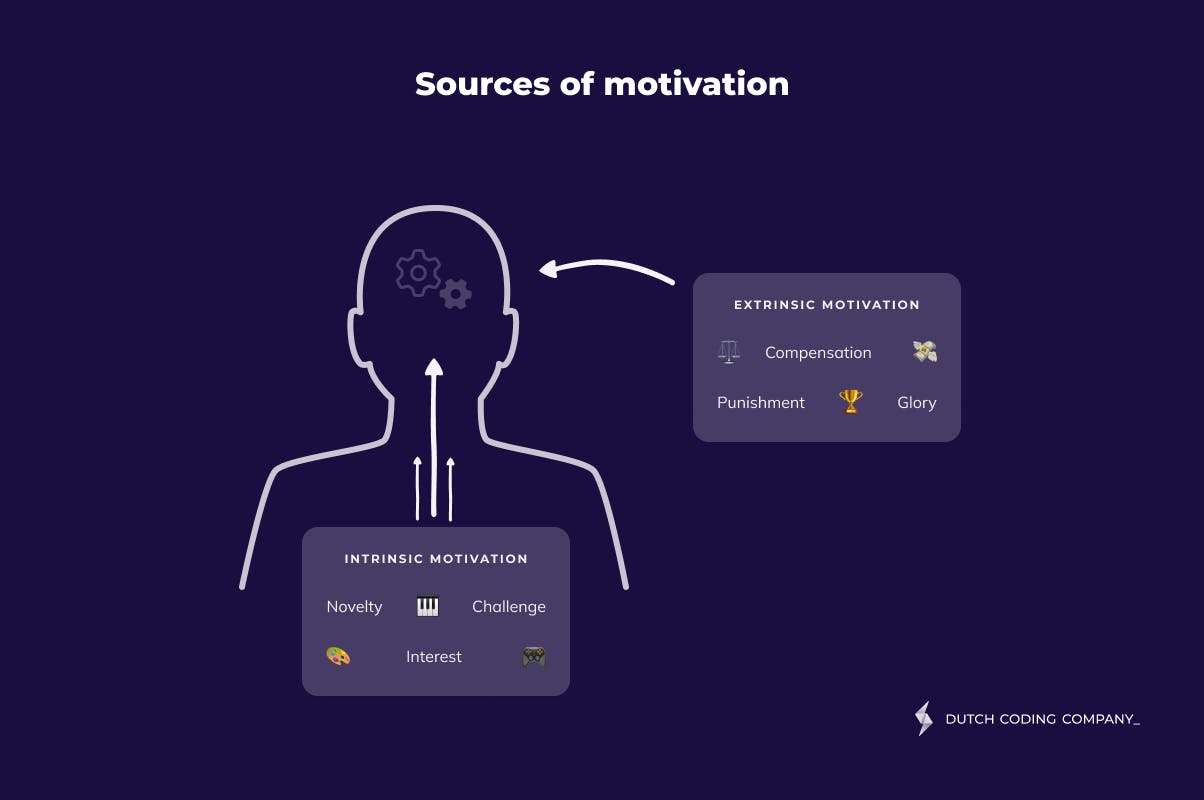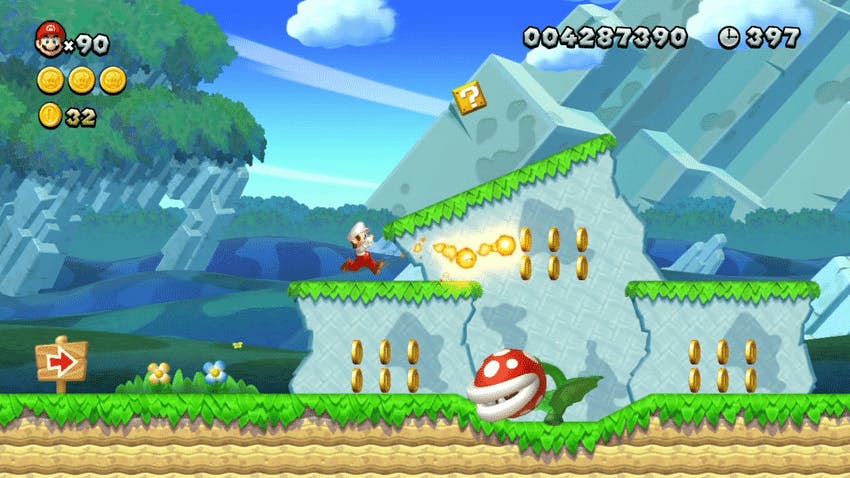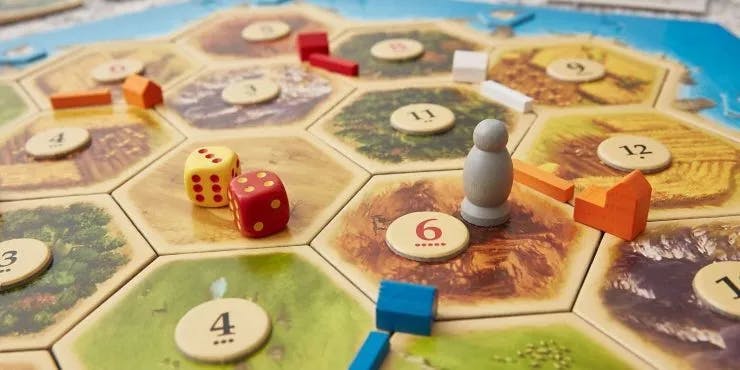It happens too often that these game mechanics are added to the product at the end, as a 'special sauce' that is supposed to make a boring task interesting and fun. However, just as covering a bland, overcooked broccoli with chocolate sauce doesn't make it taste any better, it does not help to reward points and badges for an activity that is tedious and uninspiring in its nature. Instead, we should make the activity itself more rewarding. Luckily, people are inherently curious, and like learning new things! When knowledge or tasks have value to a person, they will be intrinsically motivated to do these tasks and enjoy doing them!

But how can we motivate our users?
Human motivation is a widely studied subject in psychology. In their scientific literature review, psychologists Ryan & Deci (2000) distinguish two types of human motivation:
- Intrinsic motivation: When an activity holds intrinsic value for a person, they will experience it as fun, novel, challenging, or aesthetic. People make music because they simply enjoy creating a beautiful melody. This type of motivation is the most effective motivation, and at the same time nearly impossible to elicit. As the name suggests, it comes from within the person and depends on which activities hold value for this person.
- Extrinsic motivation: Most activities that people do, do not hold intrinsic value. They are done because of the resulting consequences. Most people work because they need the money to satisfy other needs, not because they like working so much. The motivation comes from a source that is outside of the person. Some experiments even showed that in some cases, extrinsic motivators can undermine intrinsic motivation (Uysal & Yildirim, 2016).

So we now know that intrinsic motivation is nearly impossible to evoke within our users. But what can we do to infuse the tasks our users have to do with intrinsic value?
To answer this question, we learn from games (this includes board games, video games, but also sports). Other than many internally driven activities such as making music, painting, and hiking, games are purposely designed to be fun. They consist of a complex system of rules and external rewards that aim to generate intrinsic value for the player. It therefore makes sense to apply the same principles that make games fun to our non-game products, to generate value and intrinsically motivate our users.
The question then is: "What is it that makes games fun?". As you might have guessed by now, it is not the points, achievements, or streaks you can earn. It is something deeper and more difficult to define. It is the social connection you build while playing with friends, the freedom to choose your own path, the feeling of getting better at something, or simply the small sparks of excitement whenever you dodge a banana on a race track.
Games stimulate three psychological needs
Explaining exactly why games are fun is still an ongoing endeavor in the field of motivational psychology. One classic theory that keeps holding up across experiments is the Self-Determination Theory (SDT).
According to this theory, intrinsic motivation can be predicted by three psychological needs:
- Autonomy: Doing a task because you chose to do it yourself.
- Competence: Perceiving that you are good at something.
- Relatedness: Assurance of belonging & strong social bonds
When these needs are addressed in an activity, the activity is likely to hold intrinsic value.
If we look through the lens of SDT, we can see that the most popular games satisfy at least 2 or more of these needs continually throughout the game. Psychologists Ryan, Rigby & Przybylski (2006) found in their experiments that the most enjoyable video games also scored high on the scales of autonomy, competence, and relatedness.
Get out your bingo card and spot the needs
Let's look at some of the big names in the world of games, and find some examples of how these games address the aforementioned needs!

Super Mario Bros
Super Mario is a classic game series that keeps hitting the top charts: they must be doing something right. In Super Mario, you have to maneuver yourself through a challenging world on a mission to save the princess, jumping over obstacles and dodging enemies.
In every Super Mario game, the first level has a similar structure (Thompson, 2015):
- There is a single enemy
- Some blocks or platforms form different paths that the player can take
- There is a high risk - high-reward scenario that motivates the player to take a more difficult path
In this setup, we can clearly recognize that the needs of autonomy and competence are addressed. By letting the player choose their path, the game allows for some autonomy. The enemy is introduced in a relatively safe setting, so the players with low skill can succeed on their first attempt and build confidence. Coins are used as an incentive to choose a more challenging path. This gives experienced players a bit more challenge so that it's not too easy. This stimulates feelings of competence.

Settlers of Catan
Another widely played game is Settlers of Catan. This board game is all about gathering resources and building settlements on the isle of Catan. As there are only limited good spots for settlements, you will have to compete with the other players to acquire the best places.
In the popular game of Catan, we can spot all three needs! With a large variety of settlement options and actions to take, the player has a lot of autonomy in determining what to do in his turn. By outsmarting other players, a player experiences feelings of competence. On the other hand, when a player is continually outsmarted we will often see that this player does not enjoy the game as much!
At the end of the game, all players have shared new experiences with the people close to them. They have strengthened their social bonds and have feelings of relatedness with their fellow players.
In these two examples, we can see that most intrinsic value is generated by the basic setup of the game. We did not discuss points, achievements, or leaderboards. Instead, we saw that true value emerges when a player interacts with the carefully designed core game mechanics.
So how to use core game mechanics when my product is not a game?
Of course, we cannot simply turn every product into a game. What we can do, is apply the principles we see in games to your product. We could for example allow the users to choose which task they do first, give them positive feedback whenever they complete a task correctly, or allow them to cooperate with their peers.
As you can imagine, an effective application of these principles depends greatly on the product and context. Real gamification requires consideration from the start of the development process and is deeply rooted in the DNA of a product.
Ready to embark on the journey of gamification to elevate your product's engagement? Great! Just make sure that whichever game elements you implement actually generate value for your users by stimulating autonomy, competence and relatedness in some way! Still uncertain about how to implement the right game elements in your product? I would love to help you turn your broccoli into a delicious gourmet dish! 👩🍳


 Katja van Weert
Katja van Weert

 Martijn Imhoff
Martijn Imhoff
 Bas de Vaan
Bas de Vaan
 Glenn Bergmans
Glenn Bergmans


